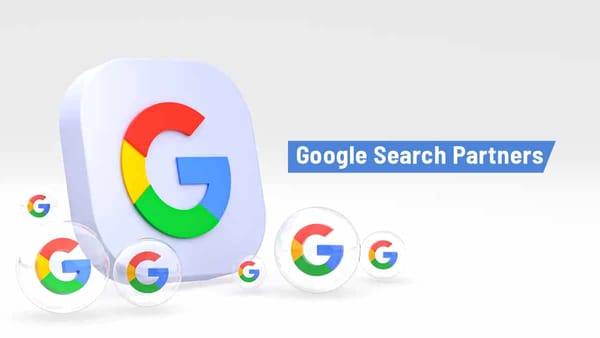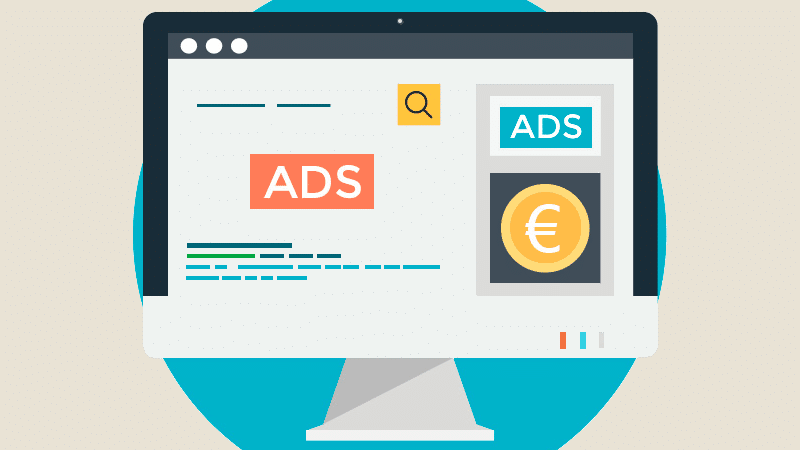How WordPress Works

Introduction
WordPress is the most popular website-building platform in the world, powering more than 40% of websites on the internet. Whether you're creating a personal blog, an online store, or a business website, WordPress makes it easy with its user-friendly interface and endless customization options. But how does it actually work? How do people turn a blank page into a fully functional website using WordPress?
In this article, we’ll break down how WordPress works, covering everything from installation to customization and content management. If you're new to WordPress, this guide will help you understand how to make the most of this powerful platform.
What Makes WordPress So Popular?
One of the biggest reasons for WordPress's popularity is its flexibility. Unlike website builders with strict limitations, WordPress gives users complete control over their websites. Here’s why millions of people choose WordPress:
- It’s Free and Open-Source – WordPress is completely free to use. Since it’s open-source, developers around the world contribute to its continuous improvement.
- It’s Beginner-Friendly – Even if you don’t have coding skills, you can create a website using WordPress’s simple interface.
- Thousands of Themes and Plugins – You can change your website’s look and add powerful features with just a few clicks.
- SEO-Friendly – WordPress is designed to help websites rank higher on Google and other search engines.
- Scalable and Secure – Whether you have a small blog or a large e-commerce store, WordPress can handle it. Security plugins also help protect websites from threats.
How WordPress Works: Step by Step
1. Installing WordPress
Before you can start using WordPress, you need to install it on a web server. There are two ways to do this:
- Manual Installation – Download WordPress from the official website and upload it to your hosting provider. This requires some technical knowledge.
- One-Click Installation – Many hosting providers, like Bluehost and SiteGround, offer a one-click WordPress installation, making it easier for beginners.
💡 Tip: If you're new to WordPress, choose a hosting provider that offers a simple installation process and built-in WordPress support.
2. Understanding the WordPress Dashboard
Once installed, you can access the WordPress Dashboard, the control panel where you manage your entire website.
- The Dashboard gives you an overview of your site’s activity.
- The Posts and Pages section lets you create and edit content.
- The Appearance tab allows you to change themes and customize the design.
- The Plugins section helps you add extra functionality like SEO tools, contact forms, and e-commerce features.
💡 Tip: Take some time to explore the dashboard before making major changes. This will help you understand where everything is located.
3. Choosing a Theme and Customizing Your Website
Themes control how your website looks. WordPress offers thousands of free and premium themes. You can choose one based on your website’s purpose—whether it’s a blog, business site, or online store.
Once you pick a theme, you can customize it using the WordPress Customizer. This allows you to:
- Change colors and fonts
- Upload a logo
- Adjust layouts and widgets
- Modify menus and navigation
💡 Tip: If you want a unique design, use a drag-and-drop page builder like Elementor or WPBakery.
4. Adding Plugins to Extend Functionality
Plugins are like apps for your WordPress website. They add extra features without needing to write any code. There are over 50,000 free plugins available in the WordPress Plugin Directory.
Here are some must-have plugins:
- Yoast SEO – Helps improve your website’s SEO.
- WP Rocket – Speeds up your website with caching.
- WooCommerce – Adds e-commerce functionality to sell products online.
- Wordfence Security – Protects your website from hackers and malware.
💡 Tip: Only install the plugins you really need. Too many plugins can slow down your website.
5. Creating and Managing Content
WordPress makes it easy to publish content using Posts (for blogs) and Pages (for static content like "About Us" and "Contact").
- The Gutenberg Editor is a block-based editor that allows you to add text, images, videos, and buttons without coding.
- You can schedule posts, add categories, and optimize content for SEO.
- Media files like images and videos can be uploaded to the WordPress Media Library.
💡 Tip: Keep your content well-structured and SEO-optimized to attract more visitors from search engines.
6. Managing Website Hosting and Performance
A website needs hosting to be live on the internet. Choosing the right hosting provider is crucial for speed, security, and uptime.
Types of WordPress hosting:
- Shared Hosting – Affordable but slower. Best for beginners.
- Managed WordPress Hosting – Optimized for WordPress, with automatic updates and security.
- VPS or Dedicated Hosting – More powerful but requires technical knowledge.
💡 Tip: If your website loads slowly, try using a CDN (Content Delivery Network) and optimizing images.
How WordPress Handles SEO and Security
WordPress is built with SEO in mind, but you can improve your rankings with some best practices:
- Install an SEO plugin like Yoast SEO to optimize content.
- Use mobile-friendly themes to improve user experience.
- Speed up your site by caching and compressing images.
- Keep your site secure by updating WordPress, themes, and plugins regularly.
💡 Tip: Use Google Search Console to track your website’s performance and identify SEO issues.
Conclusion
WordPress is an incredibly powerful platform that allows anyone to create a professional website, even without coding experience. From installation and customization to SEO and security, WordPress gives users full control over their websites.
Whether you're a blogger, small business owner, or entrepreneur, WordPress provides all the tools needed to build a website that stands out. With the right themes, plugins, and optimization strategies, you can create a fast, secure, and high-ranking website that attracts visitors and grows your online presence.
💡 Final Tip: Stay updated with WordPress trends and new features to keep your website running at its best!




